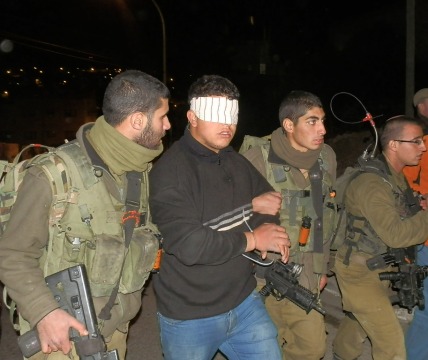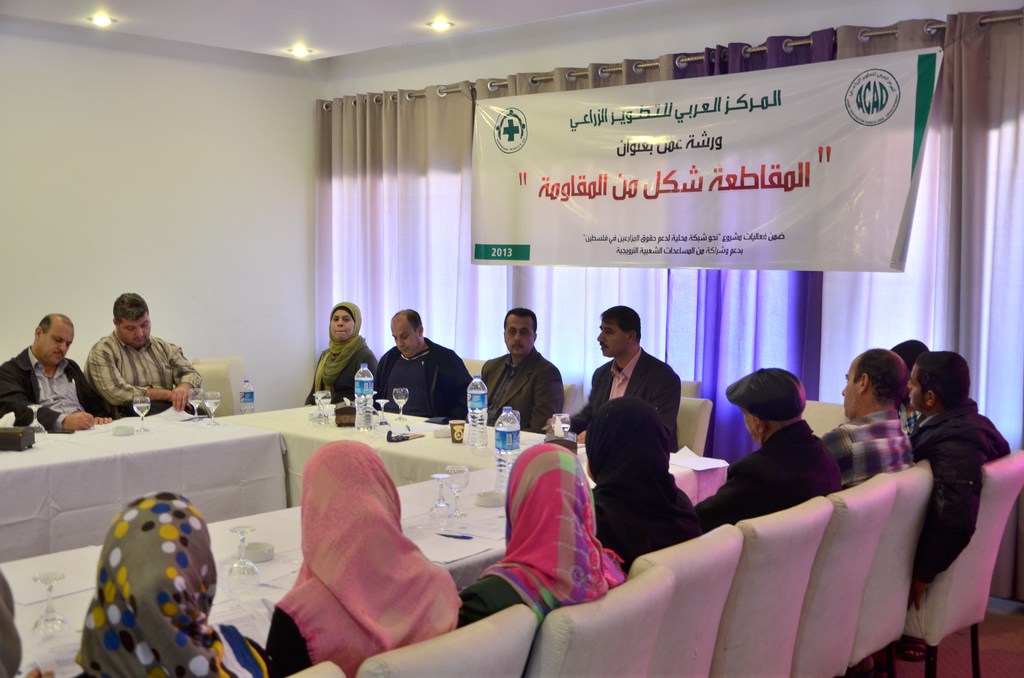Category: Reports
-
Daily brutality towards Palestinians in occupied Al-Khalil
2 December 2013 | International Solidarity Movement, Khalil Team | Hebron, Occupied Palestine Israeli forces regularly exercise brutal and irrational behaviour in the H2 area of Khalil (Hebron), which is under military control. An example of this treatment took place on Saturday 30th November, when 7 Israeli soldiers reacted to a group of Palestinian youth throwing…
-
Israeli army demolish a house in the Salfit village of Deir Ballut
29th November 2013 | International Solidarity Movement, Nablus Team | Deir Ballut, Occupied Palestine On Thursday morning at five am, the Israeli army demolished a house under construction, and left the area before the owner Ghaneem Mahmoud Abdullah Al-Karim or other villagers were able to arrive at the scene. It is believed that the Israeli…
-
BDS workshop draws dozens of farmers and agricultural officials in Gaza
28th November 2013 | International Solidarity Movement, Maria del Mar Fernandez and Mohammed Abedullah | Gaza, Occupied Palestine On Monday, 25th November 2013, a conference on the Boycott, Divestment and Sanctions (BDS) movement against Israeli apartheid, colonization and occupation was held in Gaza City by the Arab Center for Agricultural Development (ACAD) and Norwegian People’s Aid…



